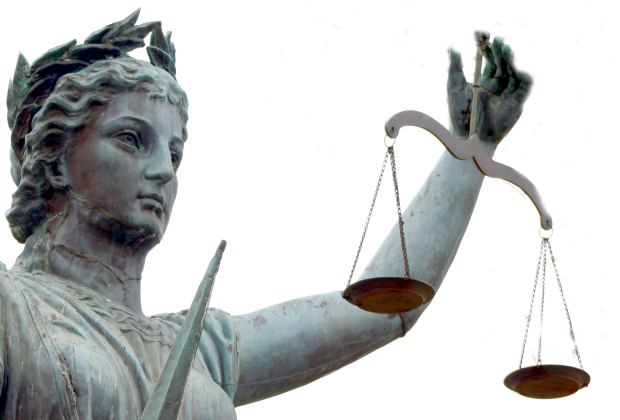 Insurance companies and their defense attorneys seek any shred of evidence to discredit plaintiffs. Facebook and other social medial have become a fertile field for this type of evidence.
Insurance companies and their defense attorneys seek any shred of evidence to discredit plaintiffs. Facebook and other social medial have become a fertile field for this type of evidence.
Personal injury cases include claims for economic and noneconomic damages. Facebook photographs and comments can contradict these claims. Photographs from the Aspen snow trip and comments about dancing the night away on South Beach can be inconsistent with claims of intractable pain and work limitations.
Continue reading
 Florida Injury Attorney Blawg
Florida Injury Attorney Blawg






 Lawyers know best!
Lawyers know best!